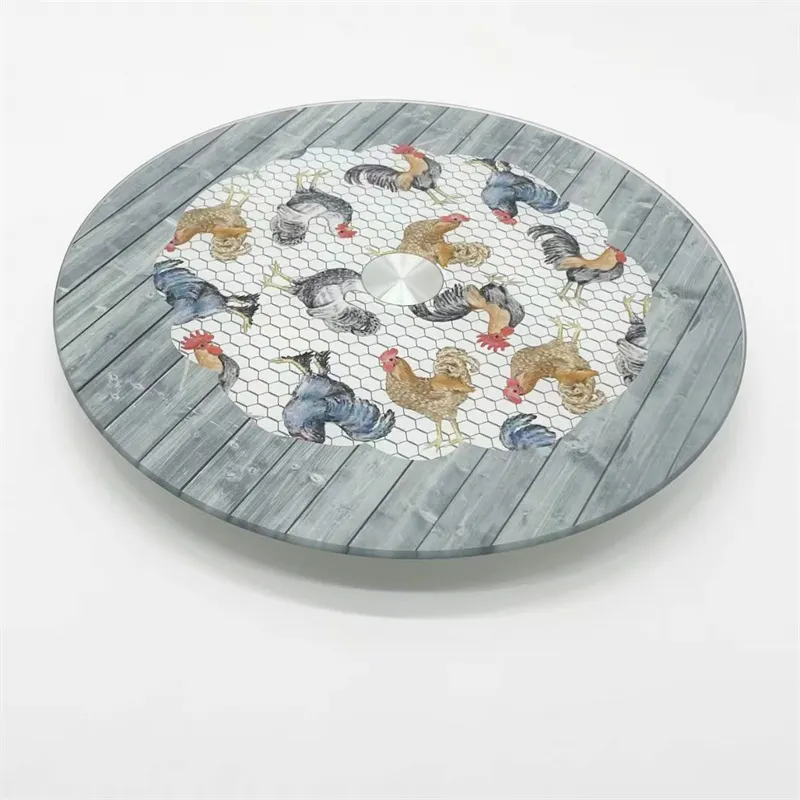Dec . 02, 2024 00:22 Back to list
6.38 mm laminated glass
The Versatility and Benefits of 6.38 mm Laminated Glass
Laminated glass is a highly innovative building material that has gained significant popularity in architectural design, safety applications, and various other fields. Among the different thicknesses available, 6.38 mm laminated glass is particularly noteworthy due to its balanced combination of strength, safety, and aesthetic appeal. This article explores the advantages and applications of 6.38 mm laminated glass, shedding light on why it is a popular choice for both residential and commercial projects.
What is Laminated Glass?
Laminated glass consists of two or more layers of glass that are bonded together using a transparent interlayer, typically made from polyvinyl butyral (PVB) or ethylene-vinyl acetate (EVA). The layers are adhered under heat and pressure, creating a composite material that offers improved performance compared to standard glass. The interlayer not only holds the glass pieces together in the event of a break but also provides additional functionalities like UV protection, sound insulation, and reduced glare.
Safety and Security
One of the primary advantages of 6.38 mm laminated glass is its superior safety features. This thickness is often sufficient to withstand significant impacts, making it suitable for applications where safety is a concern. In situations where the glass may be exposed to high winds, flying debris, or potential vandalism, the laminated structure ensures that, even if the outer layer shatters, the inner layer remains intact. This characteristic is particularly beneficial for buildings located in storm-prone areas and for public spaces where the risk of breakage is higher.
Furthermore, laminated glass acts as a deterrent against burglaries. Its reinforced structure makes it much harder to break through compared to standard glass, requiring intruders to exert much more effort, often leading them to abandon their attempts. This added layer of security is crucial for residential buildings, commercial establishments, and facilities housing valuable assets.
Acoustic Insulation
6.38 mm laminated glass

Noise pollution is an increasing concern in urban environments, with rising traffic levels, construction activities, and other disruptive factors affecting the quality of life. 6.38 mm laminated glass excels in acoustic performance, effectively reducing sound transmission between spaces. The combination of two glass layers with a soft interlayer between them provides excellent sound dampening qualities, making it an ideal choice for music studios, hotels, offices, and residential buildings located in noisy areas.
Aesthetic Appeal
Besides its practical benefits, 6.38 mm laminated glass also enhances the aesthetic value of buildings. It can be manufactured in various tints, colors, and even with decorative patterns, allowing architects and designers to create visually stunning facades. The ability to maintain uniformity and clarity in both natural and artificial light makes laminated glass a preferable option for modern designs that prioritize transparency and openness.
Environmentally Friendly
In the context of sustainable building practices, laminated glass is known for its energy efficiency. It can be treated or coated to enhance energy performance, helping to reduce heating and cooling costs within buildings. By minimizing heat loss in winter and reducing heat gain in summer, 6.38 mm laminated glass contributes to more comfortable indoor environments and lowered energy consumption, making it a responsible choice for environmentally-conscious projects.
Conclusion
In summary, 6.38 mm laminated glass stands out as an exceptional option in modern construction, combining safety, security, acoustic insulation, aesthetic appeal, and environmental benefits. Its versatility makes it suitable for a wide range of applications, from storefronts and high-rise buildings to residential homes and educational institutions. As building standards continue to evolve and the demand for durable, efficient materials increases, laminated glass will undoubtedly play a crucial role in the future of architectural design and construction.
-
Safety and Style with Premium Laminated Glass Solutions
NewsJun.24,2025
-
Reinvents Security with Premium Wired Glass
NewsJun.24,2025
-
Premium Float Glass Line for Modern Architecture
NewsJun.24,2025
-
Low Emissivity Glass for Energy-Efficient Architecture
NewsJun.24,2025
-
High-Performance Insulated Glass Solutions for Modern Architecture
NewsJun.24,2025
-
Elevates Interior Style with Premium Silver Mirror
NewsJun.24,2025
Related PRODUCTS














